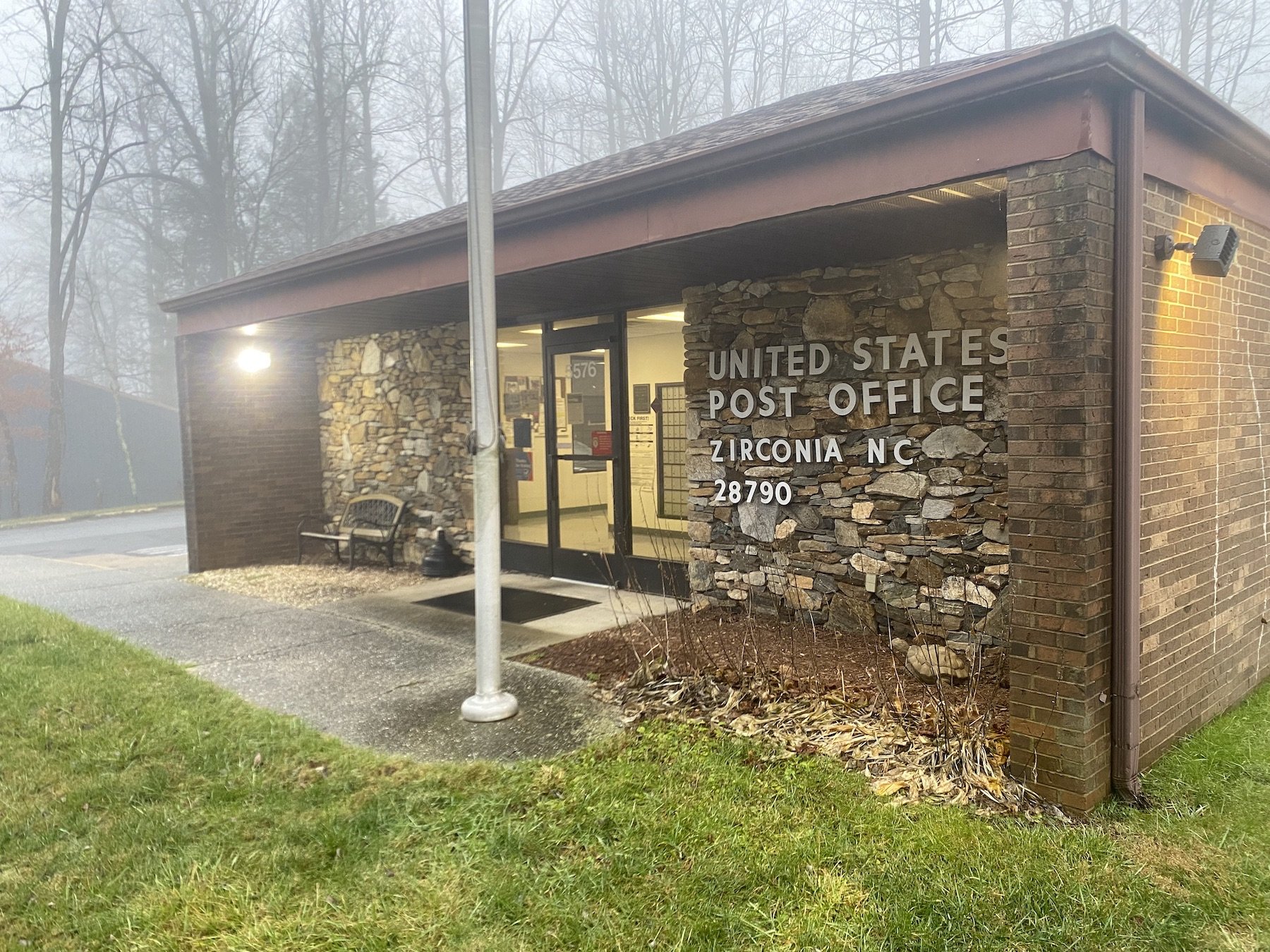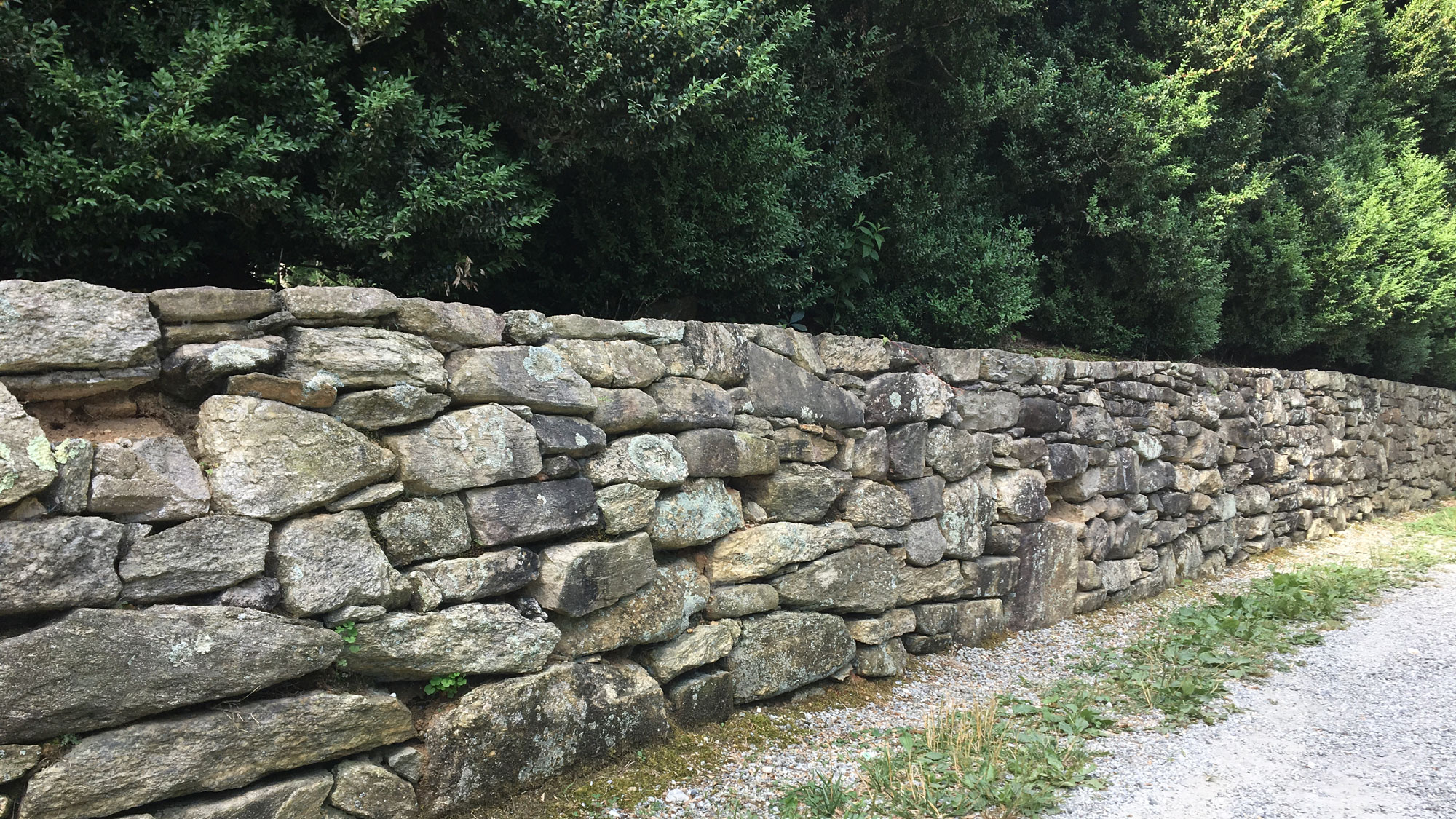A Brief History of Zirconia
/A Brief History of Zirconia
In June of 1906, Thomas Alva Edison visited Henderson County and stayed at the Blue Ridge Inn on the corner of Main Street and Third Avenue West in downtown Hendersonville. The purpose of Edison’s visit, however, was not to enjoy the bucolic pleasures of an emerging mountain resort village. Indeed, Edison had his inventor’s eyes on a community in the southern part of Henderson County known – in no small part because of Edison’s decades-long interest – as Zirconia. (1)
Thomas Alva Edison
For most of its first 100 years, the settlement that came to be known as Zirconia was considered to be part of the greater Green River community. It was not until 1890 that the Green River Post Office was renamed Zirconia and the community around that office more commonly became referred to as Zirconia. The name change reflected the significant impact of zircon mining in the community during the preceding two decades.
Today, Zirconia is bordered on the north by Flat Rock and East Flat Rock, to the south by Tuxedo and Green River, to the east by Macedonia, and to the west by the Crab Creek district. There are slightly more than 3,000 people living in the community. (3)
Earliest Landowners
The first records of landowners in the region were speculators purchasing property in the mid-1780s. The two most prominent landholders were Matthew Maybin and William Capps. Maybin lived in what is now considered Green River but his holdings included land in the area that was to become Zirconia. Capps made his first purchase in the region in 1799 and moved his family to Zirconia sometime between 1800 and 1810. Subsequently, he continued to purchase more land in the area. (3)
William Capps was a veteran of the Revolutionary War and fought in the Battle of Cowpens in South Carolina on January 17, 1781. At the time he was drafted into service, Capps lived in Burke County. He moved to South Carolina (Edgefield District) before eventually settling in North Carolina. By 1810, William Capps owned over 1000 acres in the Green River Valley of Henderson County. (4)
Churches in Zirconia
By 1845, Crossroads Baptist Church was established in the area. The original church was built on land that was flooded with the creation of Lake Summit in the early 1900s. The church was relocated to higher ground at its current site in Zirconia.
A second church in the community, Mount Olivet Baptist Church, was established in the late 1800s by a delegation from Mud Creek Baptist Church. Zion Hill Baptist Church, a familiar sight to visitors approaching Flat Rock from the south, was established in 1914 under a canvas tent across from the local train station. Much later, Zirconia Missionary Baptist Church was organized in 1953. (3)
Zircon Mining
The first report of mineral mining in Zirconia dates back to 1869. Following the Civil War, Confederate general, Thomas Lanier Clingman discovered and mined zircons in the region of Green River in 1869 and leased acreage there for 25 years. The zircons mined by Clingman were not considered gemstones but as industrial-grade crystals. North Carolina and Florida are the only states in North America with recorded mineral production of zircons. (5)
The commercial application for the crystals was as a component of gas lamps during the 19th century, specifically as part of gas mantles. Gas mantles are devices that produce a bright, white light when heated by a flame, and Zirconia mantles were one of the alternatives explored for producing durable and efficient lighting in gas lamps
In the late 1870s, Thomas Edison spurred a further flurry of mining activity in the area as he experimented with rare-earth elements in the manufacture of his revolutionary incandescent lights. Having recently perfected a carbonized filament of high resistance using artificial silk fashioned from cotton thread for his incandescent light bulb, Edison was now in the market for platinum and the radioactive element thorium - a trace element within the crystal structure of zircon - as components for incandescent light bulbs.
To that end, Edison dispatched noted mineralogist, William Earl Hidden, to the Carolinas in 1879 in pursuit of platinum deposits. Hidden was unable to find any deposits of platinum but was able to discover deposits of the rare thorium mineral monazite. (6)
There were three primary zircon mines in the region. The Jones mine on land owned by Dr. Levi Jones. When Jones realized what he had on his land, he sent samples to mineralogists in New York who informed him of Edison’s interest in the crystals.
Map indicating locations of Jones, Freeman, and Pace mines
A second mine was opened on the property of Merideth Freeman. Freeman’s sons, Edward and Mont, spent their days exploring for gemstones and realizing the commercial opportunities inherent in their hobby, the family soon opened a mine in the early 1880s. The third significant mining operation was owned by John Benjamin Franklin “Frank” Pace who owned mines in Green River.
The most commercially viable enterprise took place at the Freeman mine. Family members and their employees sifted through open pits and unearthed tons of zircons and other minerals. For their efforts, the Freemans earned a tidy profit by producing as much as 26 tons of zircon-rich ore in a single year. The extracted ore was shipped to Edison's laboratory in New Jersey to be pulverized and the thorium content extracted. (9)
By 1902, W.E. Hidden was back in Zirconia and was operating the Freeman mine which had been leased by Hendersonville mogul Capt. Marion Columbus Toms. Toms also purchased the Jones mine and purchased the title for mineral rights in the Green River Valley. During this time, zircon ore could be sold for $250 per ton. (9)
By 1911 two zircon mines were still operating in the region. The Jones mine was operated by Capt. Toms and his son, Charles French Toms while Hidden and Toms worked the Freeman mine. (1)
General Clingman, who pioneered the mining of zircons in the region became discouraged by the lack of financial return for his early efforts. Combined with some legal setbacks he ended up forfeiting leases before the market could prove itself to be commercially viable. (8)
Renaming the Post Office
In her blog, Henderson Heritage.com, local historian and East Flat Rock native, Jennie Jones Giles writes:
In 1875, Philip J. Hart re-opened the Green River Post Office in what is today the Zirconia community. This early post office was located near where the railroad tracks were being constructed and along the old road from Greenville County, S.C. (old U.S. 25, Buncombe Turnpike). In 1879 the name of the post office was changed to Coleman. Coleman was an official with the railroad. By 1882 the name was changed back to Green River.
It was in 1890 that the name of the post office was changed to Zirconia. For many years the post office remained near the railroads. Recently, a new post office building was constructed for the Zirconia Post Office at a different location on old U.S. 25 (U.S. 225). This post office now serves the communities of Zirconia, Tuxedo and Green River. (3)
Further Development
In 1910, Zirconia had its own train depot located close to the post office. As Jones notes, the depot was named Tuxedo despite being located within the Zirconia community. The primary purpose of the depot was to service the needs of the fast-growing Green River Manufacturing Plant in Tuxedo.
Commercial activity in and around Zirconia also attracted the interest of C.E. Roper who constructed the Wayside Inn on Butt Mountain in Zirconia. The inn was, for its day, state of the art as written about in the Hendersonville Daily Herald on August 1, 1910.
“C.E. Roper announces the formal opening of this new and strictly modern hotel, The Wayside Inn. Wayside Inn has accommodations for over 300 guests, has electric lights, baths and every convenience. The service will be the best. The magnificent view of the mountains, crest covered to their very summits, is to be had at the Wayside Inn. On the property is also the famous Roper Tower commanding the finest view of the Blue Ridge Mountains to be had anywhere.”
The Roper Tower was 85 feet tall and continued to draw many visitors even after the Wayside Inn burned down after just a single season of operation. Time took its toll, however, and the tower fell into disrepair and was ultimately finished off by a lightning strike. (2
Present Day Post Office in Zirconia, NC
Conclusion
As an aside, it was reported by “reliable” sources that during Edison’s visit to Henderson County he was traveling with two other business moguls of the era, Henry Ford and Harvey Firestone. The three businessmen were accompanied by naturalist John Burroughs.
When the quartet encountered some mechanical difficulties with their vehicle, they turned to a local blacksmith for help with repairs. As the story goes, Edison, Ford, and Firestone each introduced themselves to the blacksmith, whereupon, the smith interrupted to say, “I suppose you are going to tell me that the bearded one (Burroughs) is Santa Claus.” (1)
Today, if you visit Zirconia there is very little to remind you of the glory days of the zircon mining rush of the late 1800s. Indeed, much of the evidence for those early enterprises now lies beneath the water of Lake Summit. Still, the legacy of the community’s heyday lives on in its name and the stories of the men and women who pursued a dream initiated in large part by Thomas Alva Edison.
References
(1)Blue Ridge Now, Edison’s Visit, https://www.blueridgenow.com/story/news/2015/03/08/ridge-lines-edisons-visit-was-big-news-in-1906/28327525007/
(2)Blue Ridge Now, Ogling Land of Sky, https://www.blueridgenow.com/story/lifestyle/columns/2018/05/13/ogling-land-of-sky/12249429007/
(3) Jennie Jones Giles, https://hendersonheritage.com/zirconia-2/
(4) Jennie Jones Giles, https://hendersonheritage.com/fortune-kuykendall-cemetery-william-capps/
(5) Glimpses of Henderson County, Terry Ruscin, 2014. Pp 32-25
(6) https://www.gemselect.com/other-info/william-earl-hidden.php
(7) http://nevada-outback-gems.com/mineral_information/Zircon_mineral_info.htm
(8) – Book “History of Gems in N.C.”








